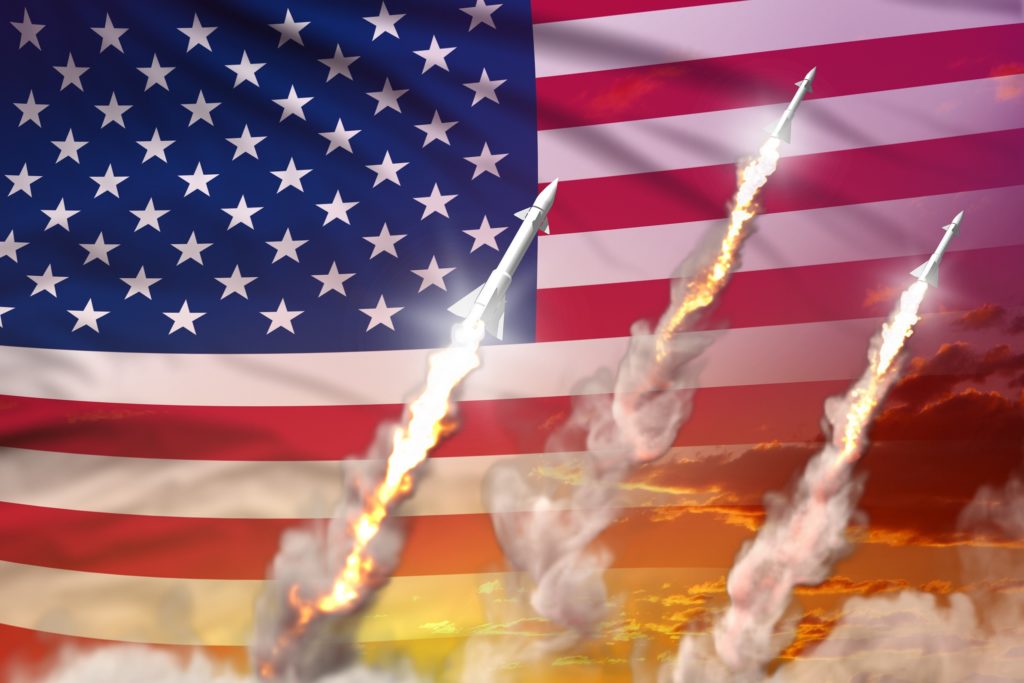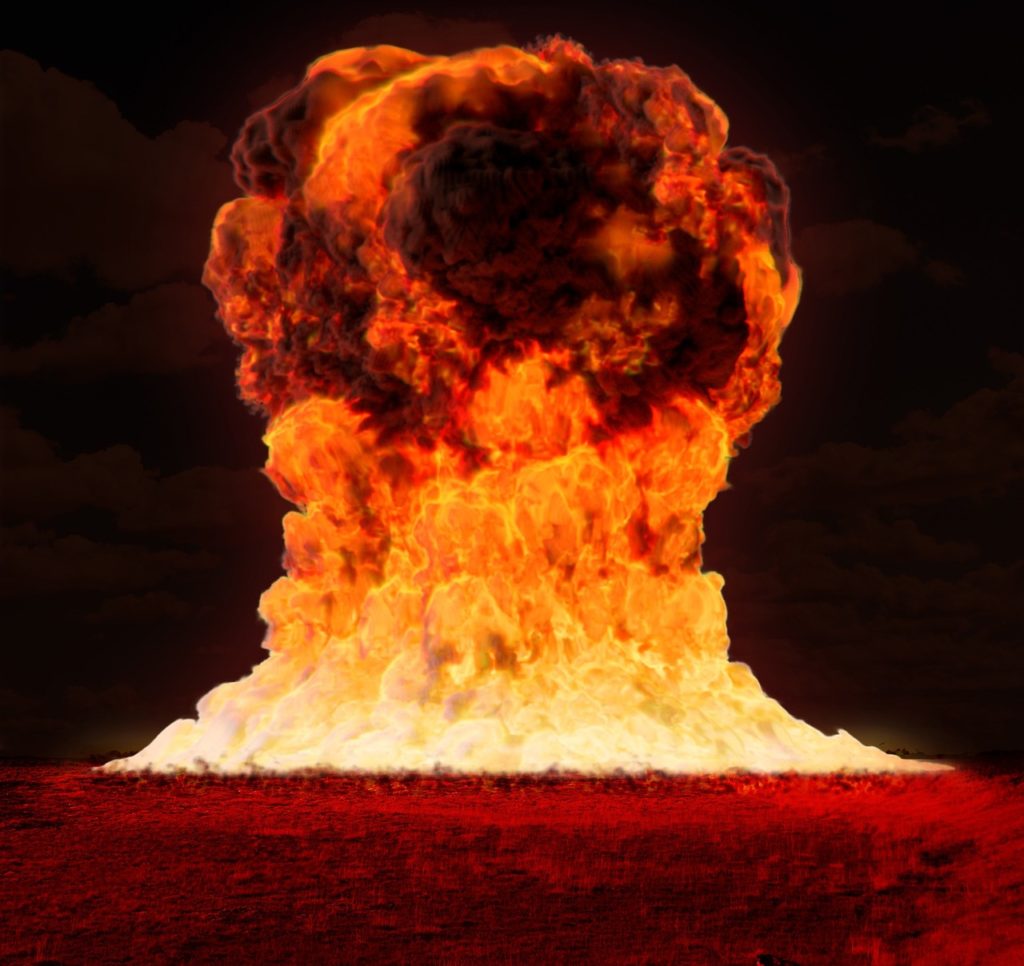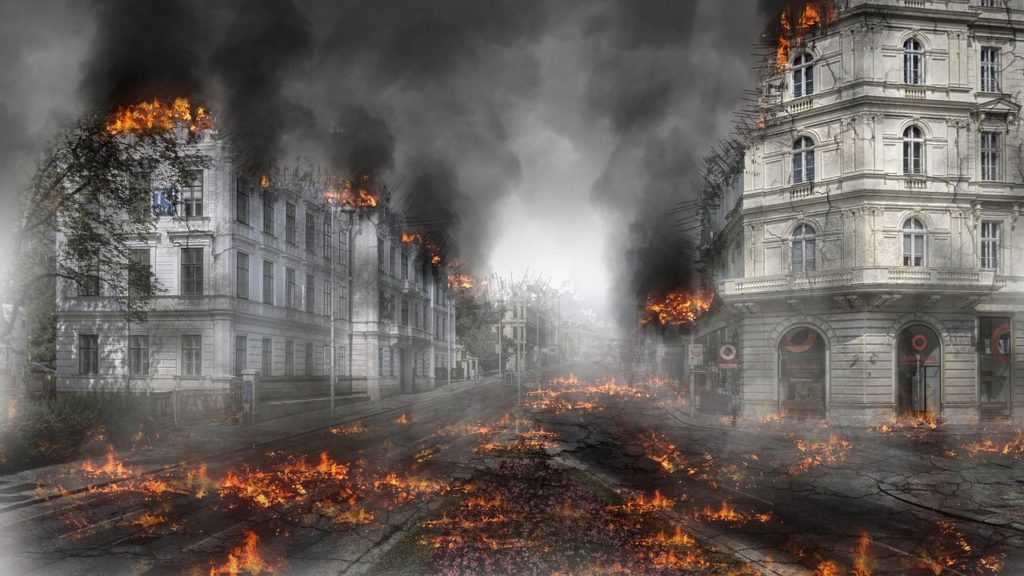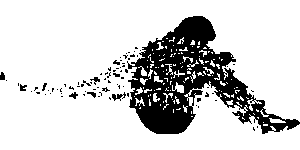
Introduction
In the shadowy world of international geopolitics, the threat of nuclear war has persisted as one of the most chilling and significant issues of the 21st century. Despite advances in diplomacy and peacekeeping, the specter of nuclear conflict remains a focal point of global security concerns. The major players, their nuclear capabilities, and the strategies they employ shape the narrative around this potentially cataclysmic issue.
Understanding the Concerns
The escalation of nuclear tensions can be traced to the proliferation of nuclear weapons and the evolving strategies of nations that possess them. With the world’s geopolitical landscape becoming increasingly complex, the risk of nuclear war, while statistically low, is a possibility that cannot be dismissed.
In the 21st century, despite treaties aimed at nuclear disarmament, the number of nuclear weapons worldwide remains alarmingly high.

Evaluating the Possibilities
The possibility of nuclear war is heavily influenced by the actions and policies of the countries that possess these weapons. North Korea’s nuclear tests and Iran’s alleged nuclear ambitions are stark reminders of the ever-present nuclear threat. In addition, tensions between nuclear-armed nations like India and Pakistan, or the U.S. and Russia, can escalate rapidly, highlighting the hair-trigger nature of this global security concern.
The principle of Mutually Assured Destruction (MAD) has traditionally served as a deterrent to nuclear war. This principle holds that a full-scale use of nuclear weapons by opposing sides would effectively result in the destruction of both the attacker and the defender. In theory, this mutual destruction prevents or deters states from starting any form of nuclear warfare.
The possibility of a large-scale nuclear war remains low, but it’s important to note that the risk is not zero, and the potential consequences would be catastrophic.
Mapping the Major Players
In the dialogue of nuclear war, the major players can be categorized as the ‘official’ nuclear-armed states: The United States, Russia, the United Kingdom, France, and China. These countries are recognized as nuclear-weapon states under the Treaty on the Non-Proliferation of Nuclear Weapons (NPT).
Beyond the official five, there are ‘undeclared’ nuclear powers like India, Pakistan, and North Korea, and assumed ones like Israel. These nations add layers of complexity to the global nuclear landscape.
The U.S. and Russia, with the largest nuclear arsenals, play significant roles in shaping nuclear policies and norms. Meanwhile, China’s increasing global influence and its modernization of nuclear forces puts it at the forefront of 21st-century nuclear concerns.

Conclusion
In the face of the 21st-century’s unique challenges, understanding the threat of nuclear war is more important than ever. The concerns are real, the possibilities are ever-evolving, and the major players hold the fate of global security in their hands. The path to a peaceful world may be long and fraught with challenges, but it is a journey we must undertake.





